Every year, one of my Christmas stocking treats is the next year’s local tide table which I pour over with a soft pencil to highlight the lowest spring tides. The best low tides then get copied over into my diaries as times to keep free if at all possible. These are the times I like to make sure I’m right down on the very edge of the lower foreshore as the tide exposes animals and seaweeds that are rarely seen without snorkelling or diving!
The best of these tides are in the spring and autumn when the moon and sun are most in alignment to cause the biggest spring tides and as it always happens in the Southwest, over lunchtime too! So it was on the 19thSeptember we had a good low tide predicted of 0.5meters at 1340hrs, and I invited our local Kingsbridge (& area) Natural History Society members to join me on the shore at South Sands, south of Salcombe.
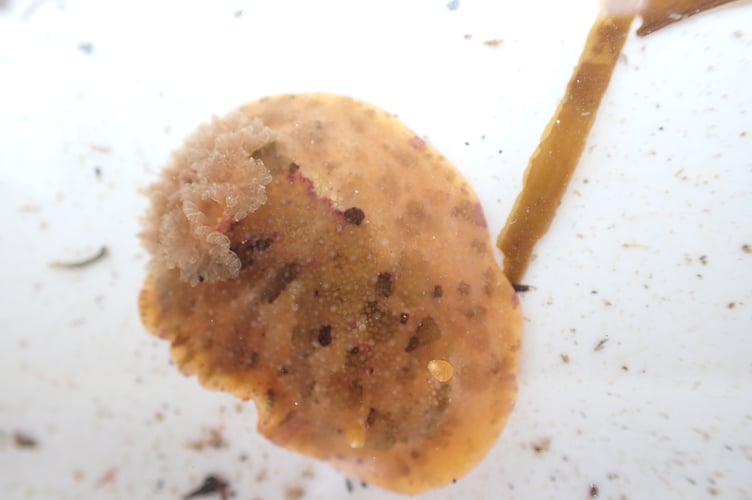

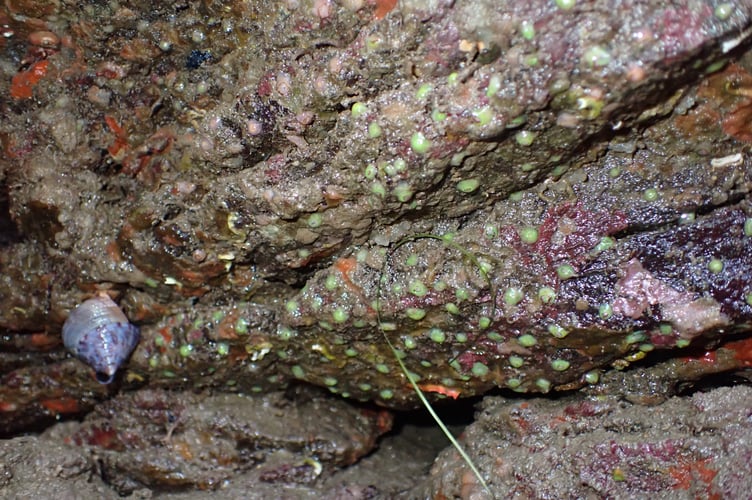
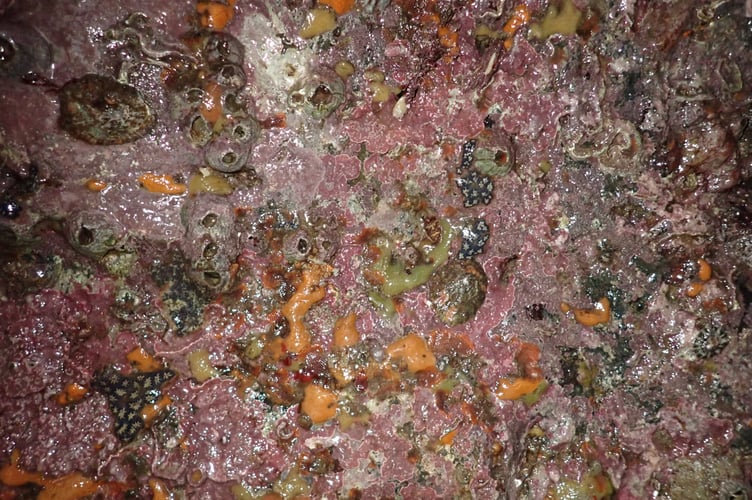
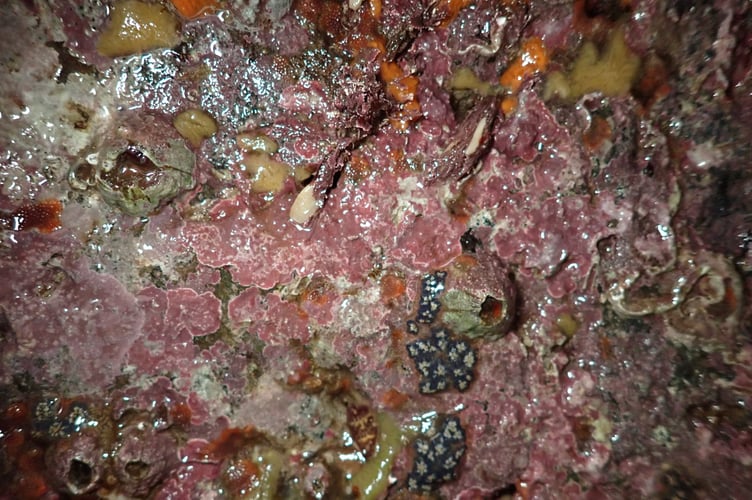
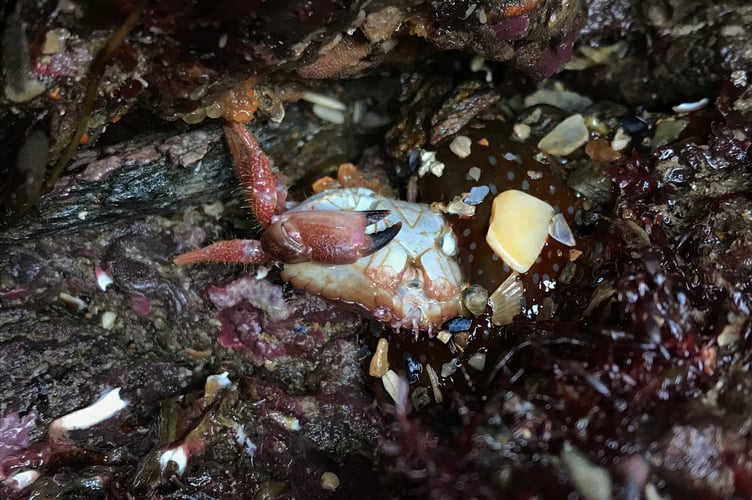
On the way down we found some pepper dulse seaweed that I invited everyone to try a taste of – most enjoying their salty-sweet iodine and distinctly peppery taste. Apparently, during the war when actual peppercorns were hard to come by, the pepper dulse seaweed was collected, washed of salt in freshwater, dried and crushed as a pepper alternative.
On these lower spring tides, the upper limit of the common seagrass meadow that grows across the South Sands bay is exposed – laying limp across the sandy shore ad displaying no hint of the undersea jungle that the same leaves would become when later lifted by their buoyancy in the seawater as the tide would return. There are a few animals that are rarely found outside seagrass meadows but it appears that our two species of British seahorses, are not one of those. They seem equally likely to be found on seaweed, animal-made seafirs and even on a mooring as the last one at Blackpool Sands was recently found.
I had promised those joining me that we would see fish and crabs out of water, and thankfully no one was disappointed. Starring right back at us in the light of our torches, were the eyes of blennies – a fish so territorial that they’d rather stay deep in their rock crevice, damp but out of water, than risk migrating out with the tide and risk loosing it to another. These had large and obvious bushy ‘tentacles’ above each eye, suggesting them to be tompot blennies – a fish made locally famous by local diver photographer Paul Naylor … just do a search for “Paul Naylor tompot blenny” and you’ll see why!
In the entrance to another crevice we came across marine life in the raw – much to the disbelief of most, there was a small edible crab about 5cm across half-way to being devoured by a strawberry sea anemone.
As the tide approached its lowest point, we explored further towards the water’s edge – reminding ourselves that just six hours later where we stood would be over five metres deep under the sea.
Even some of the seaweed ‘kelp’ was completely exposed by the tide and a careful look over their fronds and stipe showed up the electric blue lines of a blue-rayed limpet. And using a torch to explore under the shading overhangs of rock we found small fluorescent lime-green ‘blobs’ – with the tide out, these were closed-up jewel anemones. To be honest, you really have to see them properly open underwater in their full splendour and realise why they deserve such a name. Found in various fluorescent colours and each of their anemone tentacles ending in a tiny bauble.
The more unusual wildlife we found this far down included a small 15cm across elephant hide sponge – a grey sponge with a velvety surface that can actually grow to over 50cm across. Personally, I think I may be guilty of calling it the elephant’s ear sponge as that would be more descriptive of the half an ear form I’ve seen it growing out like from rocky reefs off our South Devon Coast. There were other encrusting seaweeds and sponges over the surface of the rocks that gave the rocks an overall look of an artist’s paint palette.
The next good low tides are on the 18th and 19th of October, roughly 1:20pm and 2pm respectfully (give or take 10mins for where you might be in South Devon) – put it in your diary now!

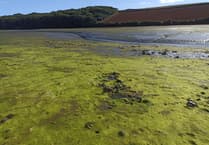
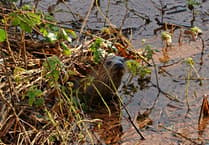
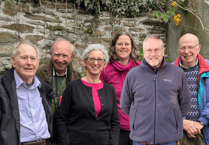
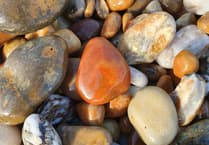
Comments
This article has no comments yet. Be the first to leave a comment.